One of my relatives who recently got a computer upgrade had the old Hard Drive from the old machine and was concerned that there could be some sensitive data on it still. So, being the helpful young man I am I volunteered to destroy any data that might be hiding in there still.
This is where we start, It's an older IDE drive that I could probably use in one of my machines, but I have given in to the SATA cables and now I have a very hard time justifying why I should be keeping a drive that needs a ribbon cable, so I won't.
These are what hold the top on. These are just a normal Torx T8 screw. If you buy a small toolkit from Jaycar or many other electronics hobby stores you will probably find it includes some of these.
There's a sneaky one here hiding under the label. Make sure you unscrew it because otherwise no matter how hard you try, that top isn't coming off.
Once all the screws are out just prise around the edges with a screwdriver or another fairly thin tool.
The top should come off fairly easily after that, if not look for more screws under the label. (Ask me how I know.) If you look closely you can see there is a bead of some kind of semi flexible sealant around the edge of the lid. This is to keep air and more importantly dust out. These drives are assembled in a cleanroom type environment as any particles can significantly reduce the life and reliability of these.
Some drives do have a vent in them. Those that do always have some kind of filter over the vent to keep contamination out of the drive. The vent is required as during operation the internals of the drive change temperature. This causes the air inside to expand and it needs somewhere to go, otherwise it may damage the case.
Here we can see the interesting parts of the drive. The big silver disk is the platter where the data is actually stored. The metal arm that is pointing to near the center of the platter is the read/write head. The very end of it floats on an air bearing when the drive comes up to speed. If the air bearing fails for whatever reason the head can crash into the platter which can cause scratches and other damage.
This is a short video I put together of me destroying this Hard Disk. Don't watch if you have strong Hard Drive sympathies.
For anyone who doesn't want to load the video this is what the top of the platter looked like after machining it with a screwdriver bit.
I don't think anything is going to be recovered from this drive. But to be sure I'm going to be keeping a magnet on top of it and moving it occasionally, just to be sure.
If there's anything else you want to see inside and/or tortured like this drop a not in the comments and we'll see what I can do.
Cheers,
Rex


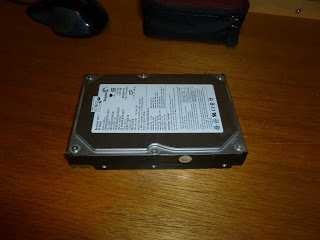
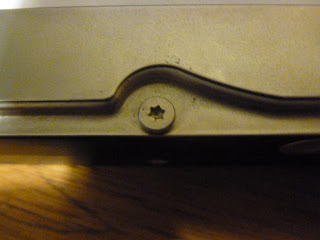


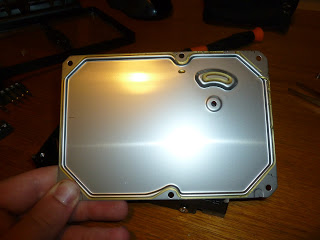
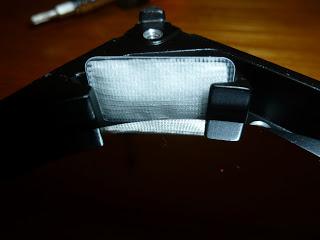


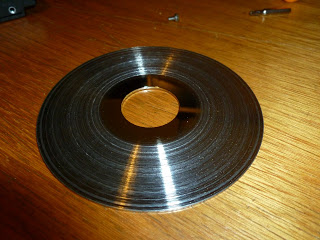

Comments powered by CComment